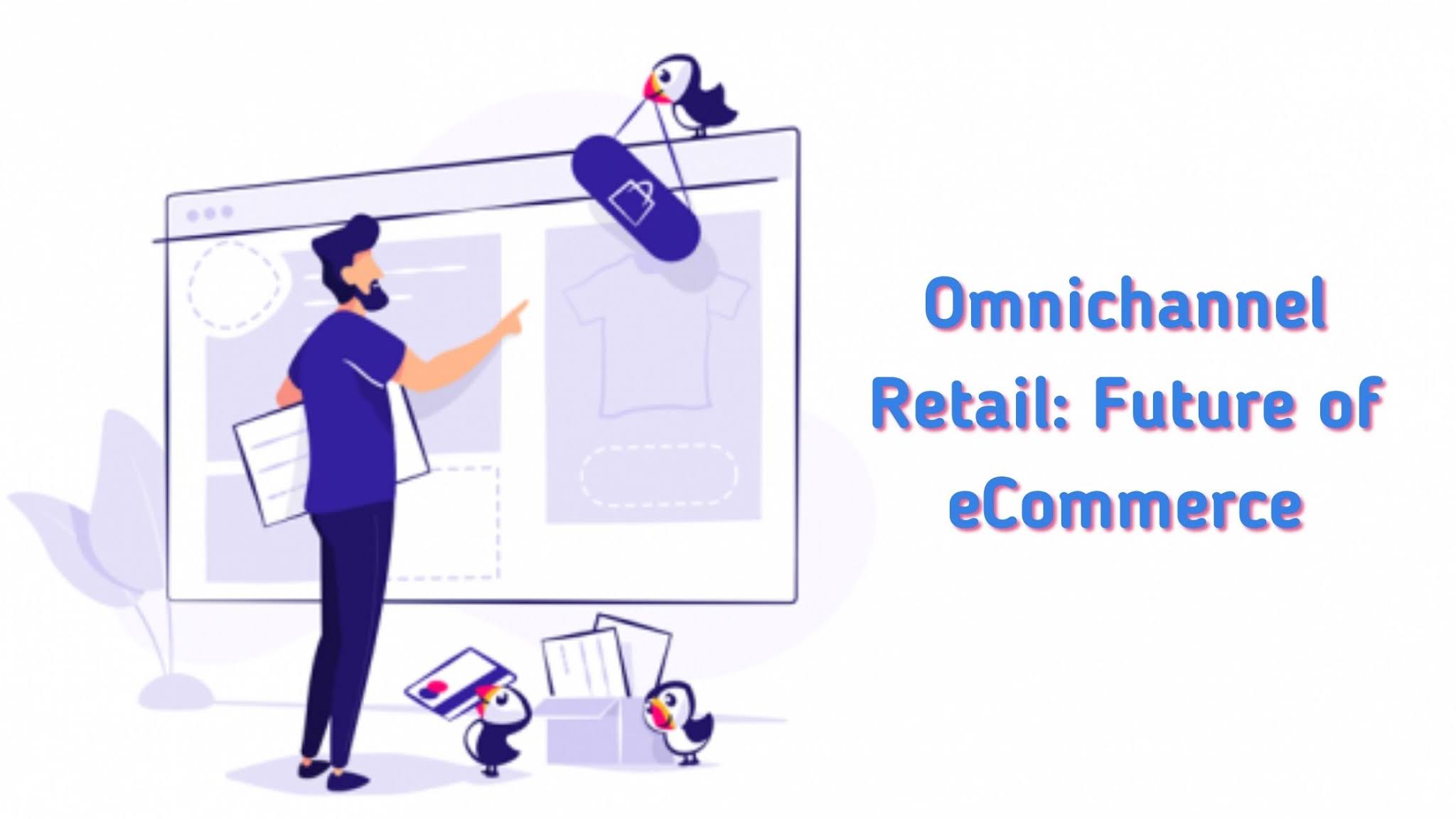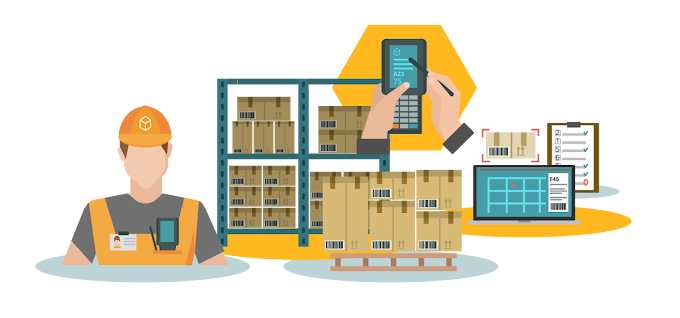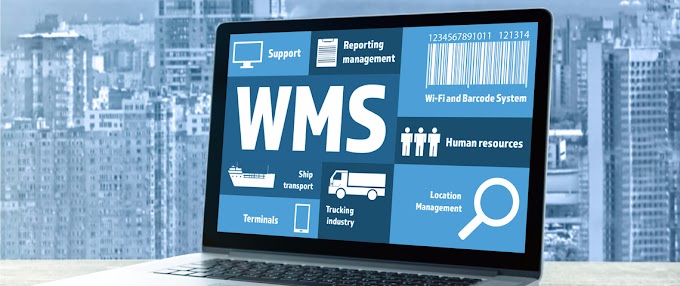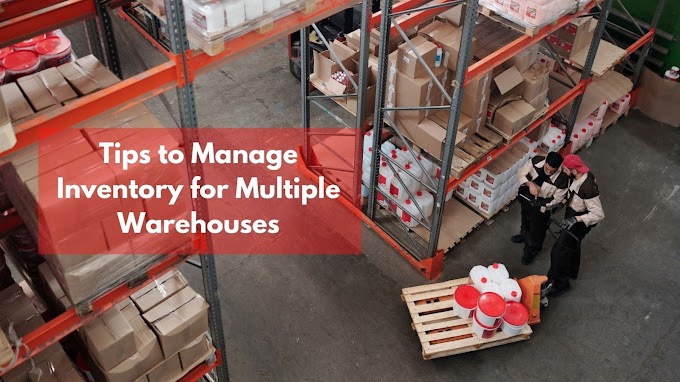Omnichannel retailing or Omnichannel retail software creates sales that aim to provide the customer with a seamless buying experience whether the customer is shopping online from a mobile device, a laptop pc, on the phone, or during a brick-and-mortar store. The difference between the omnichannel and therefore, the multichannel customer experience is that the omnichannel experience features real integration of channels on the rear end.
For instance, when a store has actualized the omnichannel approach, the customer care representative within the store is instantly ready to cite the client's previous preferences and purchases easily because the customer service online chats representative or the customer care representative the phone can. The client can also use the laptop pc to see the shop inventory on the company's website, buy the item later employing a tablet or smartphone, and devour it at the client's preferred location.
Benefits of Omnichannel Commerce for Business
Omni-channel retail has many advantages for businesses and e-commerce, generally. Here are a few:
Improved Efficiency
Developing an omnichannel retail strategy enables retailers to supply a consistent experience to their already informed clients across all platforms. It also equips the retailers to reply to their customers' needs and queries with a standard, central database of products, prices, offers, etc.
Enhanced Data Collection
When a business becomes visible across multiple channels, the result's a more personalized customer experience. When a corporation can track its customers using various channels while listening to their preferences, it can provide better service. Thus, omnichannel retail helps companies get ideas to create offers that encourage their customers to return out and obtain engagement while shopping at physical stores. This results in impulsive buying.
Higher Margins
A well-developed online sales structure reduces the occurrence of discount schemes. Within the traditional retailing arena, huge discounts are offered only to those items that aren't getting sold quickly, especially in stores. However, through omnichannel retailing, businesses can sell these products to their customers nationwide at the full price.
Integrated Data Analysis and Communication
Multiple communication channels give your business access to many information streams. As a business, you would like to know these data streams to satisfy your customers' needs and demands. With analytics, you're capable of comprehending, quantifying, and reviewing the communications together with your clients.
Keys to an Omnichannel Personalization Strategy
Knowing the advantages of omnichannel retail isn't enough. As a business, you would like to understand the way to personalize the omnichannel retail framework.
1. E-mail and Web Personalization
The quickest avenues to generating revenue are e-mail and web personalization since they need clear key performance indicators. These also are easy to implement and will, therefore, be the start line. The first focus is to develop product recommendations tailored to every customer across the pages of your site while testing strategies for optimal conversion.
Using the e-mail address, loyalty number, or the other customer identifier that you collect through your website, you'll tie the online and e-mail channels to get e-mails that dynamically offer product recommendations suited to a private client's preferences supported information gathered from their web activity.
2. Targeted Offers, Contextual Segments, and Content
After fixing a customized product recommendation e-commerce strategy, try to find other avenues to interact and retain your customers using their personalized channels. Content like blogs, videos, offers, and hero shots directed towards the individual customer's interests should follow.
Also, leverage the contextual information to get experiences supported by location, weather, geography, and dayparting patterns to further target offers and content. This adds another layer to your product recommendation personalization strategy.
3. Mobile Customization
After building a product, content, and offer recommendation scheme online, fixing a mobile and tablet-specific personalization strategy that uses geography to reinforce the experience for on-the-go shoppers and make geo-targeted offers is that the next step. Now, you would like to use an equivalent identifier captured for e-mail. Therefore, the web will streamline the mobile channel and permit data sharing across all the channels to make a seamless experience.
4. Integrated Analytics
Analytics, which enables a continuous improvement of content personalization, will help you better check out the one-to-one connection.
5. In-store Personalization
After creating a mobile strategy, the subsequent step is to develop customization. The quickest thanks to achieving in-store personalization are introducing kiosks and digital displays and arming your sales personnel with mobile devices like tablets for clienteling.
Capturing in-store purchase data is often a touch of a challenge since the POS systems are usually not synchronized with the web channels. Thus, you've got to use an equivalent customer identifier implemented within the other channels. Once this interconnection is about up, the result's seamless omnichannel personalization experiences the web and offline activities.
6. Personalization of the Contact Center
The final step is that the personalization of the contact centre. This suggests, arming the phone-based and online customer care agents with offers and merchandise recommendations relevant to every client.
Omni-channel retail remains evolving due to shifts in consumer behaviour. Therefore the desire for tailored and personalized experiences consistent across every channel a customer opts to use. Thus, as a business, you ought to begin delivering on these expectations by understanding the channels most favoured by your clients, then commencing a phased approach to achieving omnichannel personalization.








0 Comments